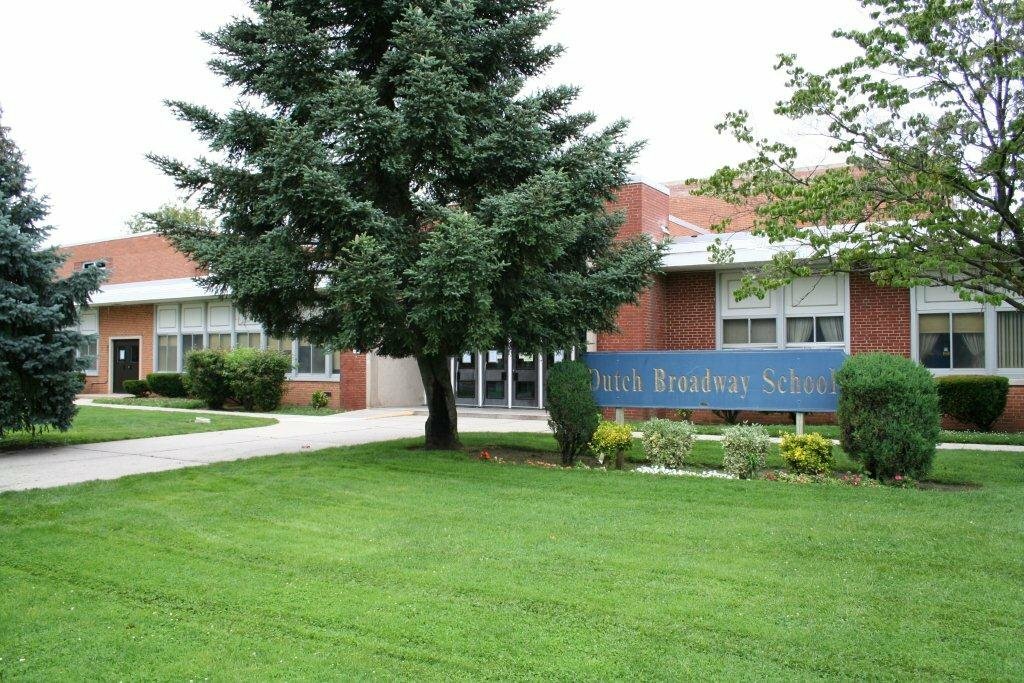Report identifies Nassau’s intensely segregated school districts
The Elmont school district was identified as one of seven intensely segregated school districts by ERASE Racism, a nonprofit organization that researches racial inequalities on Long Island related to housing and public education.
A report, released by the organization last week, states “Enough is enough,” as enrollment trends across public school districts on Long Island and related funding inequities have resulted in an increased opportunity gap for students.
From 2007 to 2022, the number of students enrolled in public schools across Long Island declined by 12 percent. The size of intensely segregated school districts, districts with 90 percent or more students of color, grew by 34 percent during that same period. In 2007, the districts were 12 percent larger than all other districts. Today, they are 80 percent larger on average.
The Elmont school district is comprised of six elementary schools. The other school districts identified as intensely segregated in the report were Freeport, Hempstead, Roosevelt, Uniondale, Valley Stream 30 and Westbury.
However, the statistics within the Elmont school district varied from the overall statistics measured in the report.
According to Olivia Ildefonso, the data consultant who worked on the report, Elmont is unique among the group of intensely segregated schools, as it experienced a loss of students in the past 15 years as opposed to a gain. In 2007, there were 3,944 students in the district. In 2022, the enrollment number decreased by 20.3 percent to 3,142 students.
The district has seen a 48 percent increase in the number of high-need students, particularly multilingual learners — those who learn English as a second language — over the past 15 years. Ildefonso said this is in line with the other intensely segregated districts.
While the Elmont school district was one of the seven school districts that ERASE Racism identified in Nassau as intensely segregated, Al Harper, interim superintendent declined to comment on any of the specific issues raised by the report.
“The Elmont Union Free School District highly respects the work being done by ERASE Racism to support all children in achieving quality education, regardless of race,” Harper said. “While it is not the practice of the district to comment on studies done by other organizations, Elmont is proud of its rich culture that embraces diversity, equity and inclusion for all.”
According to Laura Harding, president of ERASE Racism, if students with high needs are centralized in a school district, students should be provided compensatory funding to meet their needs.
A recommendation of the nonprofit is a more equitable way is needed to assess and evaluate how the dollars are being spent per student. Harding noted that if the state’s education department updated its funding formula, such inequities could be remedied.
“The inequities revealed in this report require action by state and local officials,” Harding said in a statement released with the report.
The funding inequities in the report delineated that if intensely segregated districts were funded based on ERASE Racism’s formula, they would have received $26,000 more on average per student in 2021. The funding shortfall in Elmont based on the 2021 data was $17,912 per student.
However, Harding said that the amount of money spent per pupil is not the only gauge of student success.
“High-need schools still don’t have the ratio of social workers to students compared with other districts, or the number of AP courses offered,” Harding said of schools evaluated throughout the report. “The situation has to be looked at systemically.”
Harding added that districts needs to assess where the students need services. This could be addressed in terms of teacher diversity or doing a high level of tutoring outside of the home. She said that a shared history or culture between students and teachers can provide an environment where more favorable educational outcomes or capacities.
“On Long Island, in districts with many students of color, teachers are largely white compared to the number of diverse teachers,” Harding said. “So the students are being taught by people who don’t believe in their capacities, though there are white teachers who are very committed and work hard. But also, students learn better from people who look like them.”






